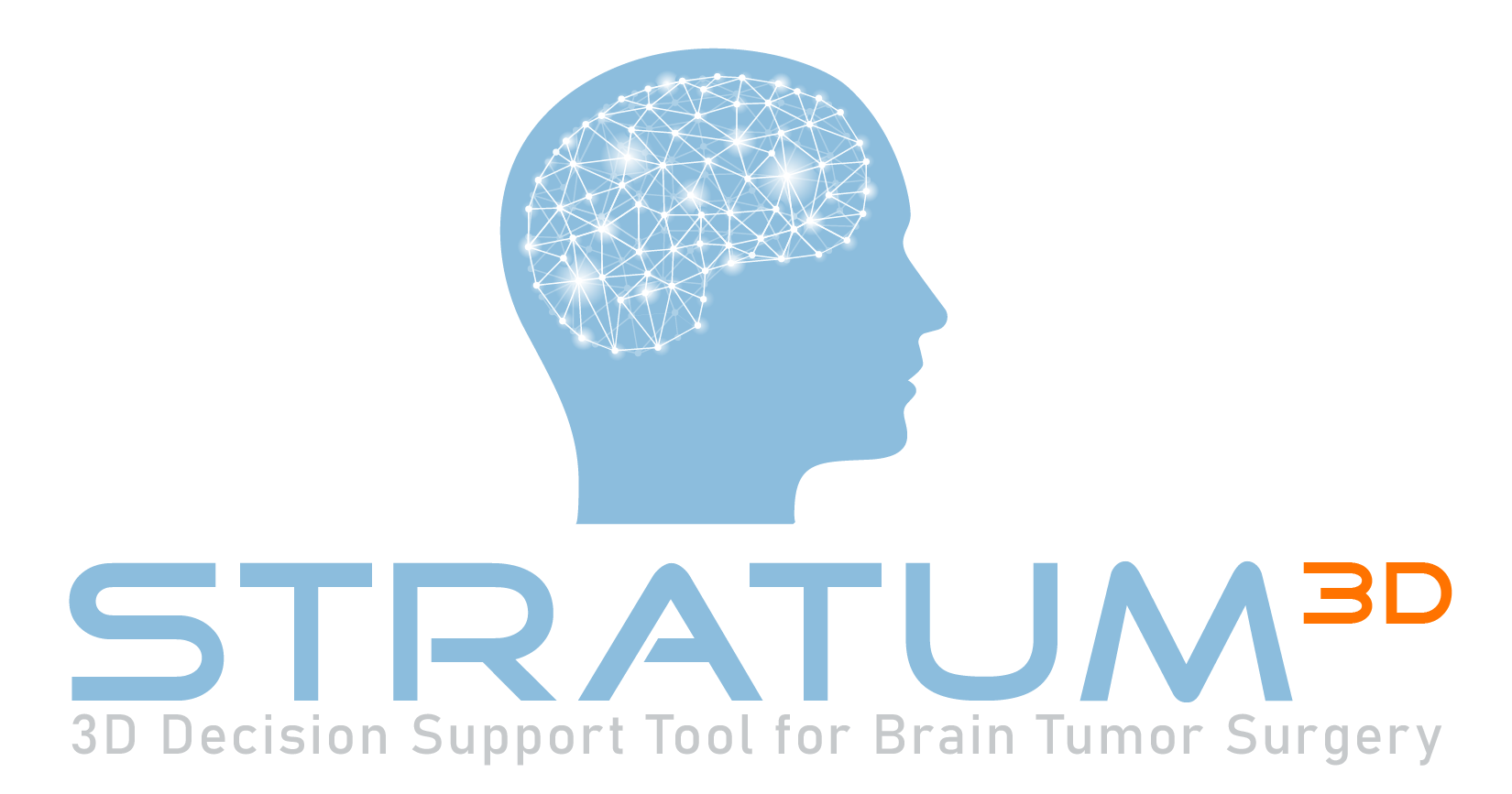Project work plan
The STRATUM project has a duration of 5 years (60 months from 1 December 2023 to 30 November 2028), and its workflow will follow an interactive, iterative and incremental methodology, being divided in 4 main phases:
- Specifications, requirements & ethics (M1 to M6).
- Prototype development, integration and technical validation (M3 to M36).
- Prototype demonstration and evaluation in a real environment (M36 to M60).
- Advance from TRL7 (year 2028) to TRL9 (year 2030) after the project finalization (Post-Project).
STRATUM is organized into 7 Work Packages (WPs). WP1 and WP7 are transversal, while the other 5 are scientific WPs (WP2 to WP6).
Work Package descriptions
| WP1 – Management and Coordination This work package will employ a collaborative management approach, integrating PRINCE2™ methodology, to actively engage all participants in planning and control processes through information and communication tools. Its objectives encompass scientific coordination and administrative management, overseen by the project manager, scientific coordinator, and ULPGC EU affairs office project management group. |
| WP2 – Intraoperative Acquisition System and Data Collection This work package aims to define both medical and technological specifications for the tool and develop data acquisition systems for clinical sites while establishing protocols and obtaining ethical approvals for data collection. It plays a crucial role in ensuring the project’s success by laying the groundwork for efficient data management and ethical compliance. |
| WP3 – Diagnostic and Integration Algorithm Development This work package focuses on designing and developing processing algorithms for surgical guidance and diagnostics, integrating pre-stored and in-situ data. It will create innovative algorithms to analyze, manage, and integrate data from various sources during neurosurgical procedures, closely collaborating with data acquisition in WP2 and the development of an HPC platform in WP4 to produce outputs integrated into the fully working prototype in WP5. |
| WP4 – HPC Processing Platform Development This work package aims to create an HPC platform to accelerate algorithms, ensuring real-time performance in brain surgical operations. It will design a heterogeneous platform, combining high-end processors with various accelerators tailored for medical workloads, to meet diverse demands efficiently. |
| WP5 – Interactive 3D GUI and Prototype Co-creation and Integration This work package focuses on designing and developing an intuitive non-contact 3D graphical user interface while integrating outputs from WP2, WP3, and WP4 to create a fully functional prototype for demonstration in real neurosurgical scenarios in WP6, with system performance measurement. It emphasizes the crucial participation and feedback from medical partners, facilitating a comprehensive co-creation process to ensure the STRATUM tool meets end-user needs and requirements. |
| WP6 – Clinical Study and Early HTA of STRATUM Tool The primary aim of this work package is to demonstrate the integrated prototype of the STRATUM tool from WP5 and conduct an early health technology assessment (HTA) to achieve SO-5. Prototype installations at each clinical partner will facilitate a two-year clinical study, assessing efficacy, safety, and economic impact, with crucial participation and feedback from medical partners to validate project feasibility. |
| WP7 – Dissemination, Communication and Exploitation This work package focuses on developing and implementing a strategic plan for disseminating project results widely through joint activities at participant levels. Additionally, it will define a roadmap for result exploitation, advancing the STRATUM tool from TRL7 to TRL9, including joint impact strategies and a business plan for tool commercialization. |

PERT diagram of the STRATUM project with the work packages relation



